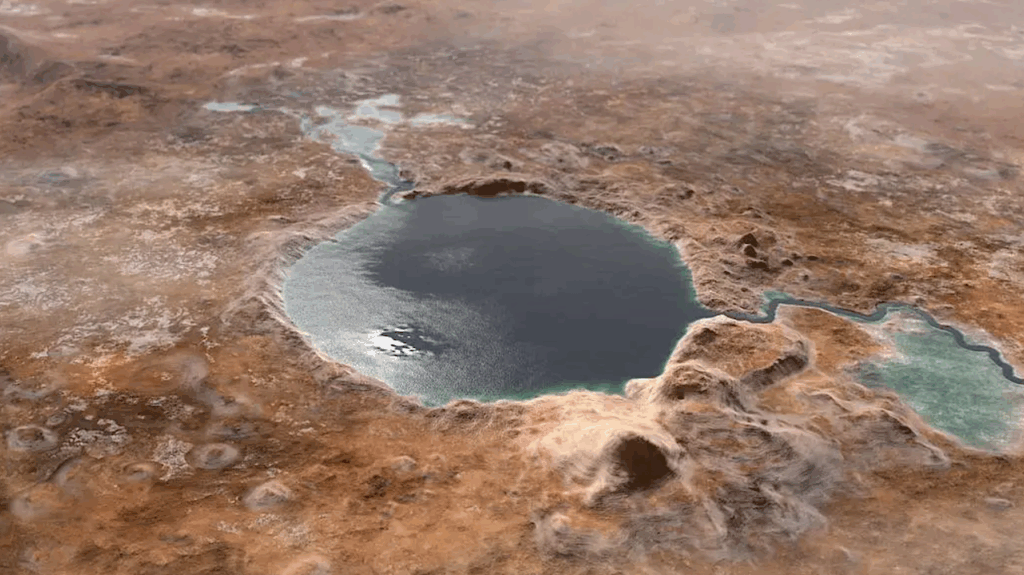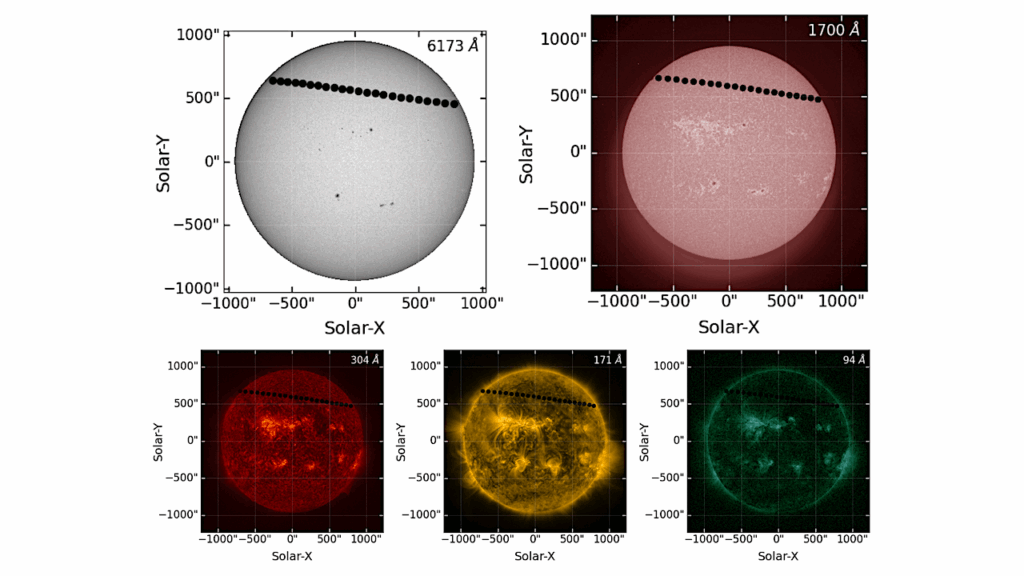Exoplanet Climate: It Takes Nothing To Switch From Habitable To Hell

The Earth is a wonderful blue and green dot covered with oceans and life, while Venus is a yellowish sterile sphere that is not only inhospitable but also sterile. However, the difference between the two bears to only a few degrees in temperature.
A team of astronomers from the University of Geneva (UNIGE), with the support of the CNRS laboratories of Paris and Bordeaux, has achieved a world’s first by managing to simulate the entirety of the runaway greenhouse process which can transform the climate of a planet from idyllic and perfect for life, to a place more than harsh and hostile.
The scientists have also demonstrated that from initial stages of the process, the atmospheric structure and cloud coverage undergo significant changes, leading to an almost-unstoppable and very complicated to reverse runaway greenhouse effect. On Earth, a global average temperature rise of just a few tens of degrees, subsequent to a slight rise of the Sun’s luminosity, would be sufficient to initiate this phenomenon and to make our planet inhabitable. These results are published in Astronomy & Astrophysics.
The idea of a runaway of the greenhouse effect is not new. In this scenario, a planet can evolve from a temperate state like on Earth to a true hell, with surface temperatures above 1000°C. The cause? Water vapor, a natural greenhouse gas. Water vapor prevents the solar irradiation absorbed by Earth to be reemitted towards the void of space, as thermal radiation. It traps heat a bit like a rescue blanket. A dash of greenhouse effect is useful – without it, Earth would have an average temperature below the freezing point of water, looking like a ball covered with ice and hostile to life.
On the opposite, too much greenhouse effect increases the evaporation of oceans, and thus the amount of water vapor in the atmosphere. “There is a critical threshold for this amount of water vapor, beyond which the planet cannot cool down anymore. From there, everything gets carried away until the oceans end up getting fully evaporated and the temperature reaches several hundred degrees,” explains Guillaume Chaverot, former postdoctoral scholar in the Department of Astronomy at the UNIGE Faculty of Science and main author of the study.
World premiere
“Until now, other key studies in climatology have focused solely on either the temperate state before the runaway, or either the inhabitable state post-runaway,” reveals Martin Turbet, researcher at CNRS laboratories of Paris and Bordeaux, and co-author of the study. “It is the first time a team has studied the transition itself with a 3D global climate model, and has checked how the climate and the atmosphere evolve during that process.”
One of the key points of the study describes the appearance of a very peculiar cloud pattern, increasing the runaway effect, and making the process irreversible. “From the start of the transition, we can observe some very dense clouds developing in the high atmosphere. Actually, the latter does not display anymore the temperature inversion characteristic of the Earth atmosphere and separating its two main layers: the troposphere and the stratosphere. The structure of the atmosphere is deeply altered,” points out Guillaume Chaverot.

Map of the evolution of the mean vertical profile of the total water cloud (liquid + ice) content as a function of the global surface temperature during the evaporation phase. The simulation setup is the waterworld with 1 bar of nitrogen without CO2 (W1). The profiles are averaged over one year.
Serious consequences for the search of life elsewhere
This discovery is a key feature for the study of climate on other planets, and in particular on exoplanets – planets orbiting other stars than the Sun. “By studying the climate on other planets, one of our strongest motivations is to determine their potential to host life,” indicates Émeline Bolmont, assistant professor and director of the UNIGE Life in the Universe Center (LUC), and co-author of the study.
The LUC leads state-of-the-art interdisciplinary research projects regarding the origins of life on Earth, and the quest for life elsewhere in our solar system and beyond, in exoplanetary systems. “After the previous studies, we suspected already the existence of a water vapor threshold, but the appearance of this cloud pattern is a real surprise!” discloses Émeline Bolmont. “We have also studied in parallel how this cloud pattern could create a specific signature, or ‘‘fingerprint’’, detectable when observing exoplanet atmospheres. The upcoming generation of instruments should be able to detect it,” unveils Martin Turbet. The team is also not aiming to stop there, Guillaume Chaverot having received a research grant to continue this study at the “Institut de Planétologie et d’Astrophysique de Grenoble” (IPAG). This new step of the research project will focus on the specific case of the Earth.
A planet Earth in a fragile equilibrium
With their new climate models, the scientists have calculated that a very small increase of the solar irradiation – leading to an increase of the global Earth temperature, of only a few tens of degrees – would be enough to trigger this irreversible runaway process on Earth and make our planet as inhospitable as Venus. One of the current climate goals is to limit global warming on Earth, induced by greenhouse gases, to only 1.5 degrees by 2050. One of the questions of Guillaume Chaverot’s research grant is to determine if greenhouse gases can trigger the runaway process as a slight increase of the Sun luminosity might do. If so, the next question will be to determine if the treshold temperatures are the same for both processes.
The Earth is thus not so far from this apocalyptical scenario. “Assuming this runaway process would be started on Earth, an evaporation of only 10 meters of the oceans’ surface would lead to a 1 bar increase of the atmospheric pressure at ground level. In just a few hundred years, we would reach a ground temperature of over 500°C. Later, we would even reach 273 bars of surface pressure and over 1 500°C, when all of the oceans would end up totally evaporated,” concludes Guillaume Chaverot.
First exploration of the runaway greenhouse transition with a 3D General Circulation Model, Astronomy & Astrophysics (open access)
Astrobiology








